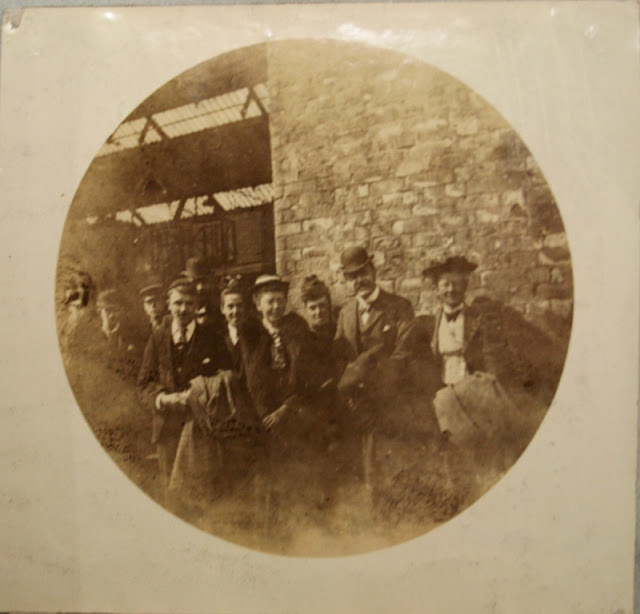Working with Heritage Partners - Merseyside Maritime Museum
Last week on our Young Roots update we worked with one of our heritage partners, Salford Museum and Art Gallery, to better understand Salford at the turn of the nineteenth century. This was important for the young people to see what the area would have been like for their orphans, prior to being admitted into one of the Manchester Refuge’s homes. This wasn’t the only city involved in our orphan’s journeys however. As these cases involved children who went across to Canada, we also needed to know about Liverpool. It was from here that the journey across the sea began.
In the 19th century those who had consented to go Canada made the short journey by train across to Liverpool. The docking area at the time was the main commercial hub of the city and the area would have been packed with people and animals. Our project group visited the docks of Liverpool to see where the steamships would have set sail from. Today it is still busy, filled with people coming to see the various museums and galleries, or eat within the restaurants that have been converted from the old docking buildings and warehouses.
The pinnacle of the trip was to visit another of our heritage partners, Merseyside Maritime Museum. Here the group participated in an emigration session with a museum role-player, which aimed to give a greater understanding and empathy for those involved in the journey. Using role play techniques, costume and props, we were taken on a guided trip along a recreated dockside street and learnt about the emigration process. The action then moved into a recreation of a Liverpool emigrant sailing ship. This captured the environment in which steerage passengers made their journey, which allowed us to gain a real understanding of how cramped, dirty and dangerous these ships could be.
For the project the partnerships with these organisations has been invaluable for setting the scene and explaining histories that are not available within our own collection. We are very grateful for their involvement.
 |
| In Liverpool - Leaving the Port, 1894 |
In the 19th century those who had consented to go Canada made the short journey by train across to Liverpool. The docking area at the time was the main commercial hub of the city and the area would have been packed with people and animals. Our project group visited the docks of Liverpool to see where the steamships would have set sail from. Today it is still busy, filled with people coming to see the various museums and galleries, or eat within the restaurants that have been converted from the old docking buildings and warehouses.
The pinnacle of the trip was to visit another of our heritage partners, Merseyside Maritime Museum. Here the group participated in an emigration session with a museum role-player, which aimed to give a greater understanding and empathy for those involved in the journey. Using role play techniques, costume and props, we were taken on a guided trip along a recreated dockside street and learnt about the emigration process. The action then moved into a recreation of a Liverpool emigrant sailing ship. This captured the environment in which steerage passengers made their journey, which allowed us to gain a real understanding of how cramped, dirty and dangerous these ships could be.
At Merseyside Maritime Museum
For the project the partnerships with these organisations has been invaluable for setting the scene and explaining histories that are not available within our own collection. We are very grateful for their involvement.


Comments
Post a Comment
Like to know more about a certain home or period in the Together Trust's history? Why not comment and let us know.
If you have a personal or more specific enquiry please see our 'Contact Us' section at the top of this page to get in touch via email.